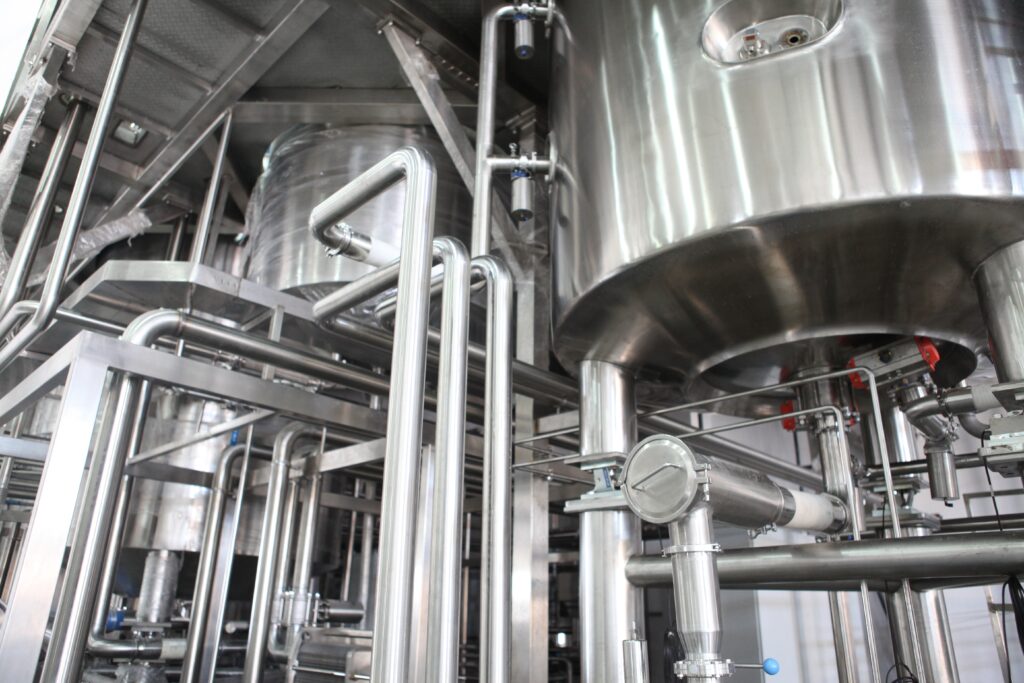
At BHS-Filtration, our Art and Science of Filtration (AS0F) newsletter is now in its eighth year. Instead of experiencing a seven-year-itch, we’re perhaps facing an eight year one as I started off the latest installment wondering if filtration isn’t sometimes more of an art than a science.
As we continue into 2017, the newsletter will focus on the art of filtration through case studies and creative problem solving. To start us out, issue 8.1, focuses on the challenges of continuous processing as well as batch filtration and removal/clarification examples.
Continuous Filtration and Scaling Up
In the chemical process industry (CPI) as well as new technology arena (NTA), there are inherent risks and benefits to scaling up from the laboratory / bench top through pilot, demonstration and then finally commercial scale. ASoF provides an article following the process filtration approach developed for each technology stage gate starting from batch filtration in the lab to continuous filtration for the full-scale commercial operation.
In our seminar you’ll learn it’s important to consider all of the steps in process scale-up:
- First, it is critical to obtain the correct data from all prospectives including reaction, filtration, solids handling, drying as well as all of the other upstream and downstream equipment and systems. The team must know the process, observe the testing, and deduce the solution only from what is observed (and nothing more). Partnering with suppliers with a proven track record in similar applications will shorten the technology scale-up cycle.
- Second, always allow time for fine-tuning even after the scale-up seems complete.
- Next, the start-up and commissioning at each step will also have unknowns associated with these activities.
- Finally, all that matters is the premises (process definition, requirements and testing objectives) and how the testing unwinds the crucial from the incidental (what is the critical process parameter), and ending up in the logical conclusion (optimum process filtration solution).
Removing Catalyst Fines From Slurries
BHS also shares in its latest newsletter a new technical paper reviewing coarse particle filtration and existing equipment for catalyst fines removal / recovery. The article also covers new approaches of candle and pressure plate filters including testing and selection. Three case studies are illustrated examining (1) Raney Nickel Catalyst, (2) Pharmaceutical Hydrogenation, and (3) Palladium Catalyst Filtration, Washing and Drying.
After all, many chemical, petrochemical and pharmaceutical manufacturing processes involve reactions of solid- and liquid-phase reactants to produce a slurry. The slurry typically needs to be separated into its component parts — the mother liquid and the solid. The article considers the many choices of technologies and all candle filters and pressure plate filters provide for higher quality filtration, improved yields with fully automated and contained operations.
Finally, BHS is undertaking a collaborative project to look at the relationship of filter aids, filter media, and filtration technologies. There is an abundance of information on filter aids, filter media, batch filtration, and filtration technologies in the marketplace. Yet there is no one overall comparison from which to develop a process solution. BHS seeks to fill the void by undertaking research and testing to develop a comprehensive approach to filter aid usage, filter media and wrapping all of this into filtration technology selection. Our work is targeted for a completion date of August 2017. We’d love to hear your ideas — let me know what you think!

